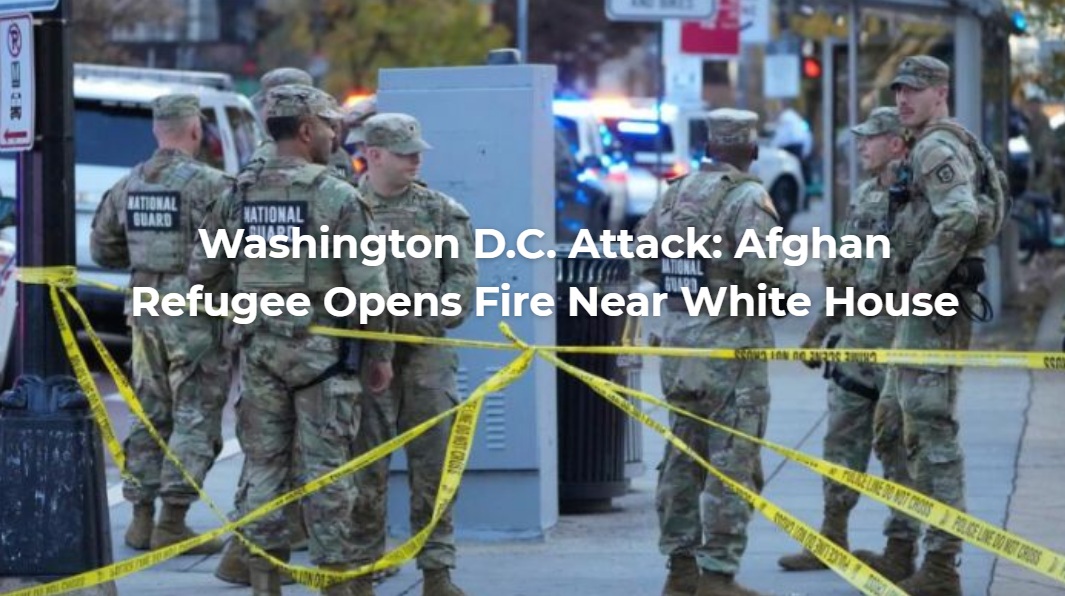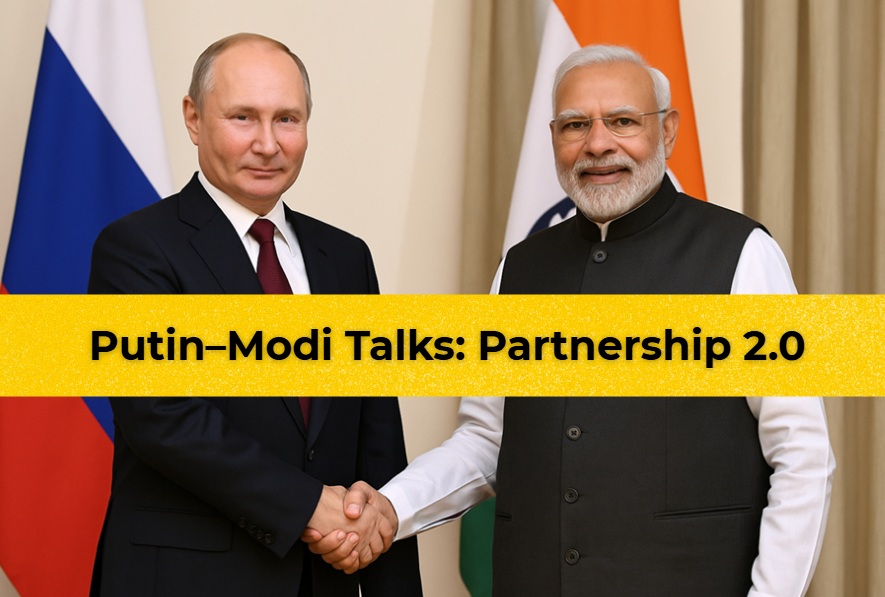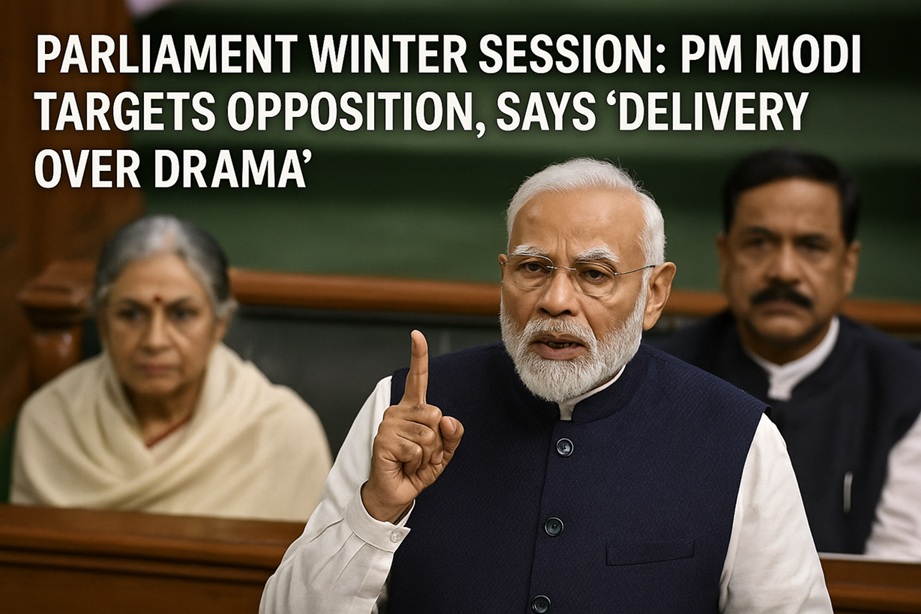In a dramatic escalation of the ongoing conflict between Israel and Iran, the United States has openly joined the war, targeting Iran’s nuclear infrastructure in a bold display of military power. Early this morning, U.S. President Donald Trump announced that American forces had successfully bombed three of Iran’s critical nuclear sites: Fordow, Natanz, and Isfahan.
“We have completed our very successful attack on the three nuclear sites in Iran… There is not another military in the world that could have done this. Now is the time for peace,” Trump declared in a post on Truth Social.

The Attack: Precision Strikes on Iran’s Nuclear Ambitions
The U.S. air offensive reportedly involved stealth bombers and precision-guided munitions, delivering a full payload on the facilities that are central to Iran’s nuclear program. The Fordow facility, built deep inside a mountain to withstand strikes, was heavily targeted. Natanz, long suspected by Western intelligence of being a key uranium enrichment site, and Isfahan, a hub for nuclear fuel production, were also hit in what Trump described as a “flawless mission.”
According to military sources, all U.S. aircraft returned safely, avoiding Iranian air defences’. The attack marks the most significant U.S. military action against Iran’s nuclear infrastructure in history.
Iran’s Response: Missiles Rain Down on Israel
Within hours, Iran retaliated by launching a barrage of missiles at northern Israel. Air raid sirens wailed across Israeli cities as Iranian projectiles struck military installations and infrastructure. Though Israel’s Iron Dome defense system intercepted many of the missiles, damage and casualties were reported. Israeli leaders vowed a crushing response, warning that Iran would pay a “heavy price” for its aggression.
The Regional and Global Fallout
The U.S. strike has transformed the Israel-Iran conflict into a broader regional war, with global ramifications. Iran’s Supreme Leader, Ayatollah Ali Khamenei, has reportedly gone into hiding, leaving the war’s execution in the hands of top aides. Intelligence sources suggest Khamenei left Iran before the U.S. strike, fearing assassination or further targeted operations.
Iran has now declared the U.S. a direct enemy, threatening to expand its missile strikes beyond Israel to American military assets in the region. With hypersonic missiles potentially in play, analysts warn that American bases in Iraq, Saudi Arabia, and even as far as Pakistan could become targets.
A War Without Ground Invasion — Yet
Despite the scale of the air and missile strikes, experts agree that a ground invasion of Iran remains unlikely. The country’s size, terrain, and military capabilities make it a daunting prospect. Instead, the war is playing out through air assaults, missile exchanges, and covert operations aimed at regime change.
The Endgame: Regime Change or Nuclear Disarmament?
From the outset, Israel, the U.S., and their allies have shared a singular goal: prevent Iran from acquiring nuclear weapons. The attack on Iran’s nuclear sites underscores this commitment. However, military analysts say that eliminating Iran’s nuclear capability may ultimately require eliminating the regime that supports it.
“Mossad is focused on locating Khamenei. The strategy is clear: remove the supreme leader, dismantle his command, and force a change in government that agrees to abandon nuclear ambitions,” said one intelligence expert.
The Role of Global Powers
The conflict has also put pressure on other nations:
Russia and China, long-time backers of Iran, face difficult choices as the risk of a wider war grows.
European leaders, including the UK Prime Minister, have voiced alarm at the nuclear threat this conflict now poses to the world.
India, maintaining ties with both Iran and Israel, has been quietly urged by some in Israel to mediate. With credibility on both sides, Prime Minister Narendra Modi is seen as a potential broker for peace, though so far New Delhi remains officially neutral.
The Danger of Escalation
As the war enters its second week, the danger of uncontrolled escalation is high. Iranian leaders have vowed to retaliate against American targets anywhere in the world. Security agencies in Europe and beyond are on high alert, fearing possible attacks on U.S. diplomatic missions or assets.
In Trump’s own words:
“If you retaliate against American assets, this war will become very bad.”
What Comes Next?
Iran appears determined to raise the stakes. Its leadership is focused on two goals: protecting key figures like Khamenei and intensifying the conflict to rally support from allies and the wider Islamic world. Meanwhile, Israel and the U.S. remain committed to preventing Iran from going nuclear — by force if necessary.
The coming days are likely to see:
Further Iranian missile strikes, potentially on U.S. regional bases.
Intensified Israeli air raids on Iranian military and missile sites.
Diplomatic moves by Russia, China, and European nations to de-escalate the situation — though with limited immediate effect.
Conclusion
The U.S.-Israel strike on Iran’s nuclear sites has ignited a dangerous new phase of open war. With Iran vowing revenge and global powers scrambling to respond, the world now faces a critical choice: de-escalate or spiral into wider conflict. The stakes—nuclear, regional, and global—have never been higher.
#Khamenei #dailydozes #israeliranconflict #israeliranwar #israelvsiran #netanyahu #khamenei #america #us #usa #trump #donaldtrump #warupdates #iran #IranIsraelNews #BenjaminNetanyahu #Iran #USAttacksIran #USBombsIran






